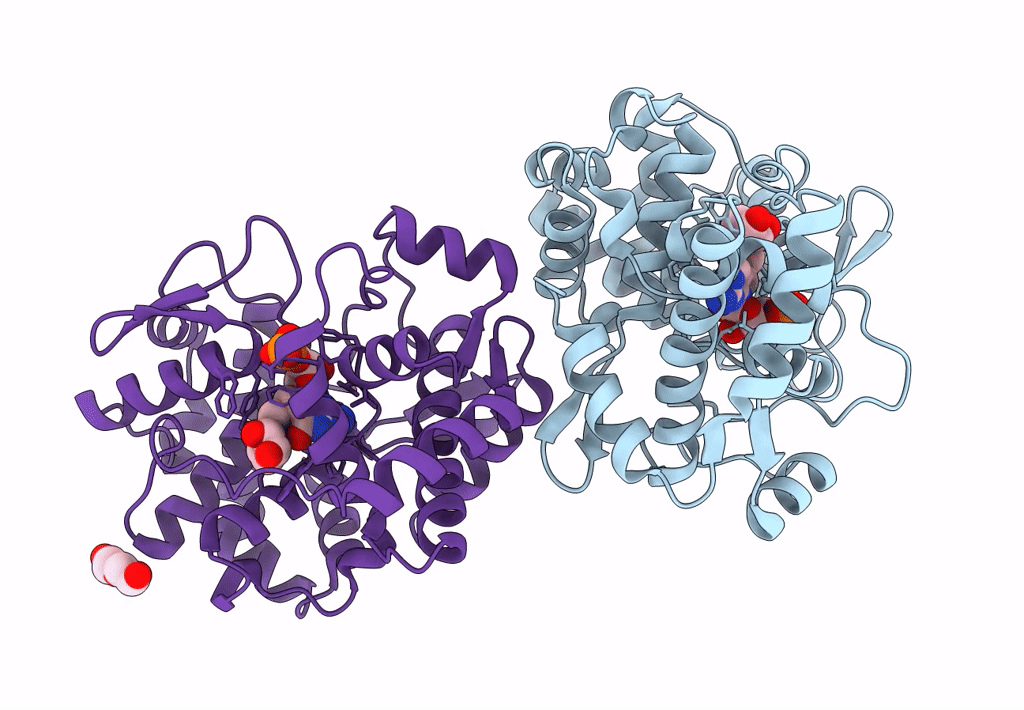
Deposition Date
2022-04-04
Release Date
2022-12-21
Last Version Date
2023-10-25
Entry Detail
PDB ID:
7ULC
Keywords:
Title:
Crystal structure of queuine salvage enzyme DUF2419 mutant D231N, in complex with queuosine-5'-monophosphate
Biological Source:
Source Organism:
Sphaerobacter thermophilus DSM 20745 (Taxon ID: 479434)
Host Organism:
Method Details:
Experimental Method:
Resolution:
1.99 Å
R-Value Free:
0.17
R-Value Work:
0.14
R-Value Observed:
0.14
Space Group:
P 41 21 2


